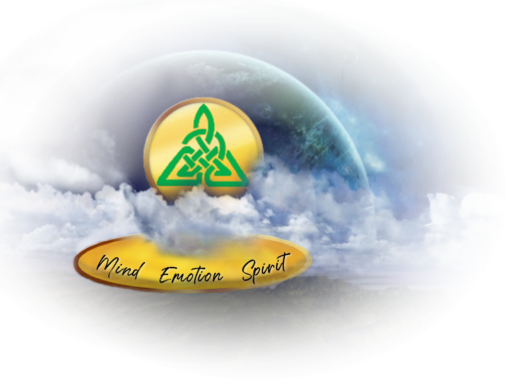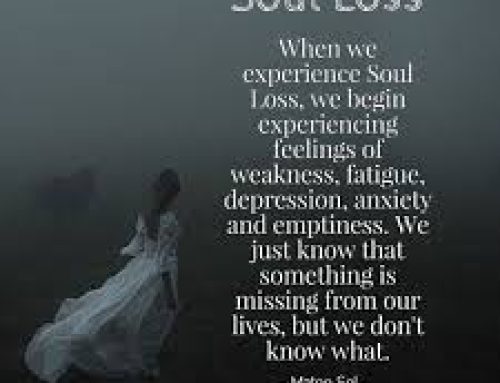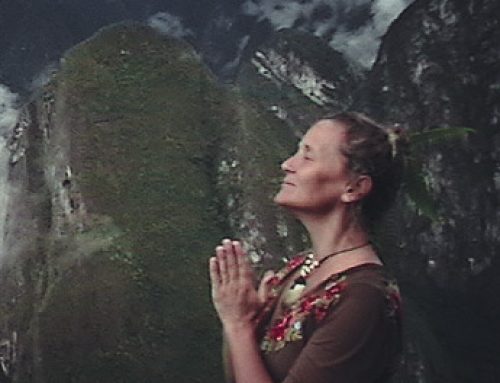Healing PTSD with Psilocybin and Shamanic Plant Medicine
A New Vision for PTSD Healing
Once called “combat fatigue,” Post-Traumatic Stress Disorder (PTSD) was historically linked only to war veterans. Today, we understand PTSD as a complex mental health condition that affects people of all ages, cultures, and backgrounds. Survivors of sexual assault, abuse, war, accidents, or terrorism often carry the invisible wounds of trauma long after the event has passed.
While conventional treatment often includes pharmaceuticals and psychotherapy, many are discovering psilocybin-assisted shamanic healing ceremonies as a profound alternative — one that not only soothes symptoms but also guides the soul toward transformation and wholeness.
PTSD: A Silent Epidemic
The U.S. Department of Veterans Affairs reports that nearly 8 million Americans live with PTSD at any given time. Symptoms include:
Distressing flashbacks or recurring nightmares
Emotional avoidance of people, places, or reminders
Hyperarousal and destructive behaviors
Persistent self-blame, guilt, anger, or fear
Withdrawal from meaningful relationships and activities
For many, PTSD is not just a mental illness — it is an existential fracture that disconnects them from joy, safety, and connection. Traditional treatments often address symptoms but rarely provide the deep spiritual integration that survivors crave.
Why Shamanic Healing Speaks to the Soul
Shamanism, one of the world’s oldest healing traditions, recognizes trauma not only as a psychological disruption but also as a spiritual imbalance. Through carefully guided ceremonies, shamans create sacred space for participants to:
Reframe traumatic memories
Release toxic emotional imprints
Restore balance between body, mind, and spirit
Access mystical states of consciousness
This approach resonates deeply with trauma survivors who often describe feeling spiritually broken or disconnected.
Psilocybin: The Sacred Teacher
Psilocybin, the psychoactive compound in certain mushrooms, has shown remarkable promise in treating PTSD. Clinical studies suggest it works by resetting neural pathways, reducing fear-based responses, and enhancing emotional resilience.
A 2020 study published in JAMA Psychiatry found that psilocybin combined with therapy reduced major depressive symptoms more effectively than traditional antidepressants (source). Similarly, research from the National Center for Biotechnology Information indicates that psychedelics like psilocybin can promote neuroplasticity and emotional processing, essential for trauma recovery (source).
Unlike conventional medicine, psilocybin ceremonies in a shamanic context also provide mystical insights that allow survivors to see their trauma from a higher, more compassionate perspective.

plant medicine
The Three Stages of a Psilocybin Healing Ceremony
1. Preparation
Before the ceremony, participants are guided through grounding practices, intention setting, and building trust with the shamanic healer. This stage provides safety, clarity, and emotional readiness.
2. The Ceremony (Application)
In a serene, supportive environment, the participant ingests psilocybin. Guided by the shaman, they enter an expanded state of consciousness. Traumatic memories may resurface — not as overwhelming chaos but as narratives that can be reframed and released.
3. Integration
After the journey, participants reflect, share, and process their insights. Integration transforms psychedelic experiences into lasting behavioral and emotional healing. Without integration, the healing remains incomplete; with it, survivors often report freedom from intrusive thoughts and deeper peace.
Women, Trauma, and Plant Medicine
The VA estimates that 5 in 10 women experience trauma in their lifetime. Women face higher risks of PTSD from sexual violence and childhood abuse. Plant medicine offers a compassionate path that honors the unique wounds of survivors. Unlike clinical environments, shamanic healing ceremonies embrace inclusivity — free from judgment, discrimination, or rigid medical frameworks.
In ceremony, trauma is not pathologized — it is honored, witnessed, and released.
Psilocybin, Spirituality, and Science
Even leading figures in medicine are recognizing the power of plant medicine. Charles Schuster, former director of the National Institute of Drug Abuse, once said:
“The spiritual experience these fascinating drugs occasion might prove useful in treating addiction.”
Science is beginning to confirm what shamans have known for centuries: healing is not just physical, but profoundly spiritual.
Global Shifts in Acceptance
From the 2006 U.S. Supreme Court ruling allowing the use of ayahuasca in religious contexts to recent FDA “Breakthrough Therapy” designations for psilocybin, plant medicine is moving steadily into mainstream recognition (FDA source).
Seattle alone reports over 1.5 million residents struggling with mental illness, highlighting the urgent need for both clinical and spiritual healing modalities.
The Path Forward: From Darkness to Light
PTSD can feel like a lifelong prison of fear, shame, and isolation. But psilocybin-assisted shamanic healing offers a gateway to liberation. By combining ancient wisdom with modern research, survivors are reclaiming their power, releasing trauma, and stepping into a life of meaning, joy, and spiritual wholeness.
🌿 Your Healing Journey Awaits
You don’t have to carry the weight of trauma forever. At the Meehl Foundation, we’ve witnessed profound transformations through psilocybin plant medicine retreats designed to bring lasting healing for PTSD and trauma survivors.
✨ Imagine yourself free from flashbacks, guilt, and fear.
✨ Imagine stepping into a life filled with peace, clarity, and love.
✨ Imagine finally feeling whole again.
Your healing begins the moment you say “yes” to yourself.

Internal Healing Resources (Meehl Foundation Blogs)
For readers ready to go deeper, here are powerful resources from our blog:








Leave A Comment